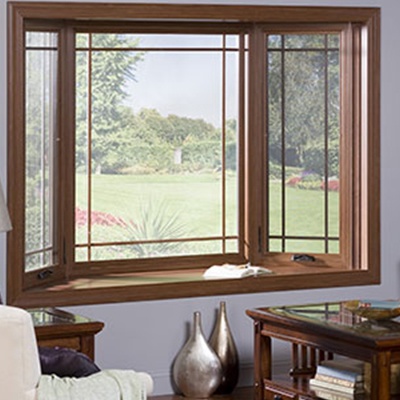Condensation is a sure sign that your home windows have to be changed.
Windows are an important obstacle between the severe, variable weather conditions outside and our tranquility, regular house temperatures. Home replacement windows tend to have a fifteen to twenty-year lifespan, so the good news is we don't need to consider changing them frequently. Yet knowing when it's time to replace them can be tricky. You could be tempted to try and hold out for another season if you recognize the warning signs. However changing your home windows currently could help you prolong the life of your entire residence and maintain you and your household cozy all winter long. Right here are a few indicators that your windows are not ready for the rough wintertime this year.
Drafty Home
As home windows age, they start shrinking, damaging, and not closing properly, permitting air from within your home to flow out. As a result of this, your A/C system struggles to keep your house at a continuous temperature and sends your power expenses escalating. If your residence is significantly much more drafty or your electric bills seem to be increasing this succumb to no evident factor, you may wish to have your windows checked out.
Hard to Lock
We enjoy having our home windows open when the weather condition is nice, however they shouldn't be open every one of the time. Throughout the winter and when we're away, your home windows should be shut in location and also locked. Windows with malfunctioning locks is a significant safety threat that need to be treated immediately to maintain your family secure. Often the lock can be repaired reasonably, however if the window is having problem staying open or shut or is leaking air, it might be best to just mount a brand-new one.
Condensation Forming
The greatest sign that you require new windows is when condensation starts to form on the inside of your home window when it is closed and secured. This is indicative of a most likely incurable flaw and should be dealt with immediately to avoid the prospective growth of mold and mildew in the structure, which could spread to various other areas of your home and also cause serious damage when left neglected.
Have you practically had it with your old, drafty home windows?
Is this the year you've made a decision to lastly replace your windows? Changing your windows with new ones has great deals of benefits, consisting of a power efficiency increase, much better ventilation, and also much better quality of light in your house. The National Window Rating Council licenses as well as classifies home windows (as well as doors and also skylights) on their performance and also energy performance. When you're purchasing new home windows you'll see these ratings on the NFRC tag. In this week's blog, we'll speak about the best ways Buresh Home Solutions to read this tag to earn certain you're making a notified choice on your new home windows.
Heat Gain as well as Loss
The first three residential properties on the label concern how the home window performs with regard to warmth gain and loss. Windows gain as well as lose heat in 3 ways:
Direct transmission through the glass.
Radiation of warm from the sunlight right into the house, as well as away from the house from objects in your home.
Air leak through as well as around the home window.
U-factor
This is "The price at which a window, door, or skylight carries out non-solar warm circulation." The takeaway here is "The lower the U-factor, the much more energy-efficient the home window, door, or skylight."

Solar Warmth Gain Coefficient
The SHGC informs us what does it cost? radiation is confessed via the home window as well as launched as warm in the house. The lower the number, the less warmth is sent. Nonetheless, this does not always indicate you desire a low SHGC. For instance, because a higher SGHC means the home window permits a lot more warm in, you can allow more solar warmth inside in the winter months, which can minimize your heating requirements. In this instance, the environment you reside in will play a significant consider choosing an SHGC ranking.
Air Leak
This measures how much air the home window lets in relative to a details stress difference across it. The reduced the score, the less air leak.
Sunlight Passage
The following two rankings determine how much light a home window lets right into your house.
Noticeable Transmittance (VT).
This number in between 0 as well as 1 measures what portion of the spectrum of noticeable light the window lets through. The greater the fraction, the extra light the window will certainly enable. If you intend to utilize daylighting in your house, you'll want a greater fraction. If you wish to reduce indoor glare, you might want a reduced portion.
Light-to-Solar Gain.
This number is the ratio in between the SHGC and the VT. "The greater the number, the more light transferred without including excessive quantities of warmth.".